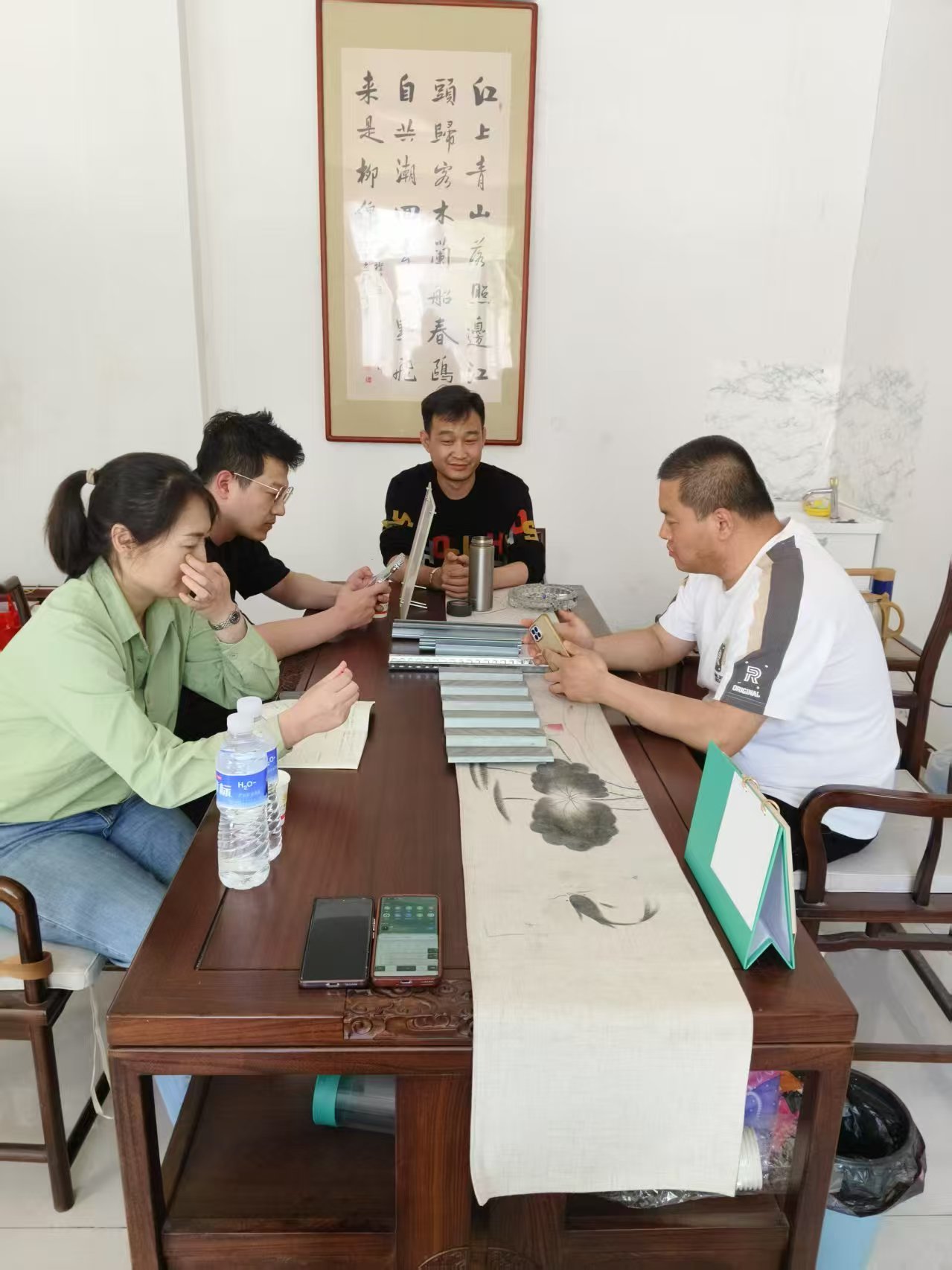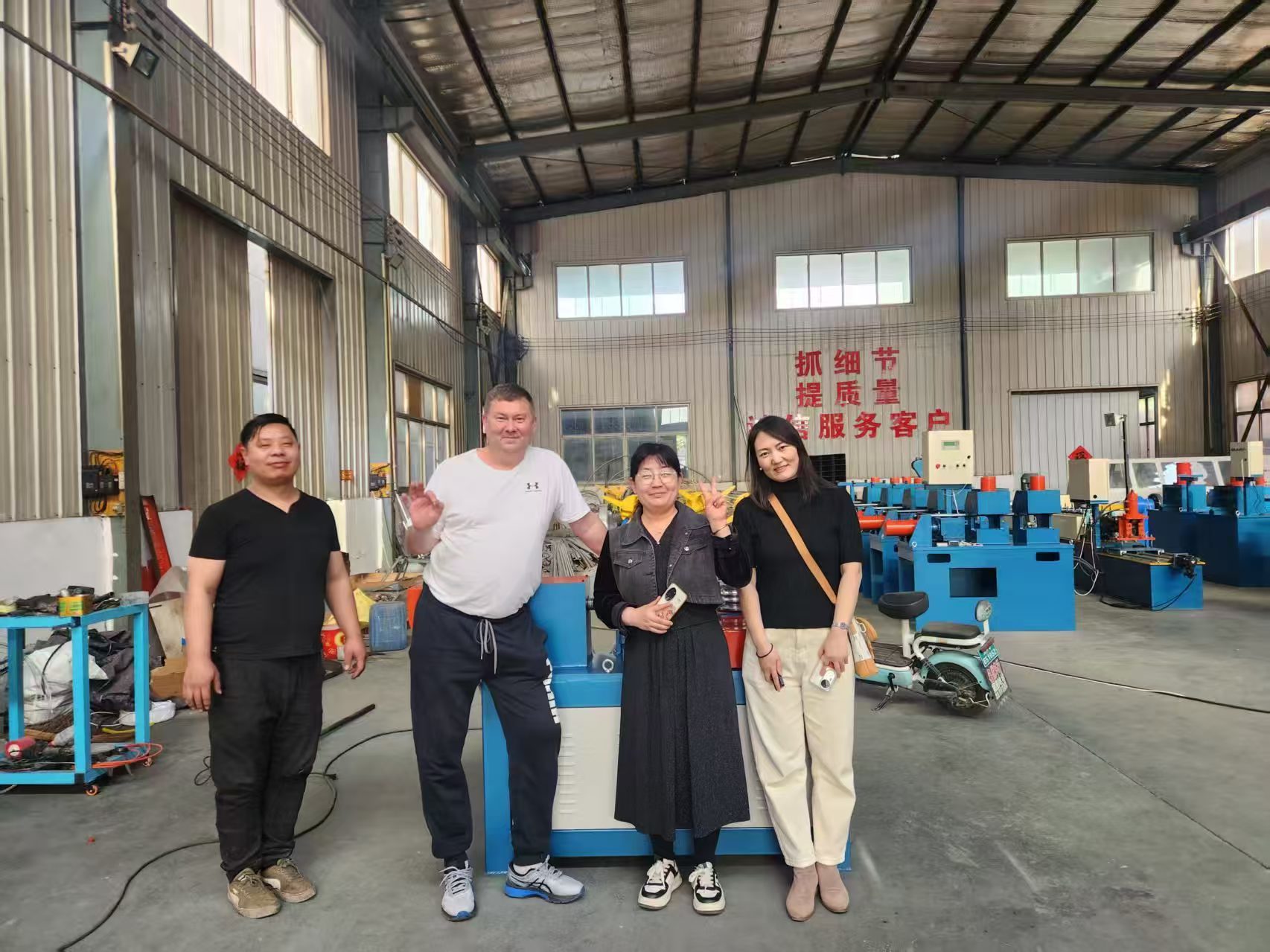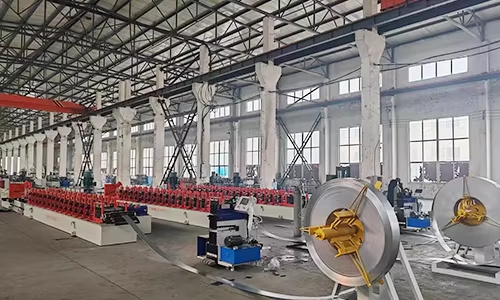Unlocking Efficiency: The Role of Roof Tile Press Machines in Modern Manufacturing
2025-07-27
Unlocking Efficiency: The Role of Roof Tile Press Machines in Modern Manufacturing
Table of Contents
1. Introduction to Roof Tile Press Machines
2. What is a Roof Tile Press Machine?
3. How Do Roof Tile Press Machines Work?
4. Benefits of Using Roof Tile Press Machines
5. Advanced Technology in Roof Tile Pressing
6. Environmental Impact of Roof Tile Production
7. Choos
Unlocking Efficiency: The Role of Roof Tile Press Machines in Modern Manufacturing
Table of Contents
- 1. Introduction to Roof Tile Press Machines
- 2. What is a Roof Tile Press Machine?
- 3. How Do Roof Tile Press Machines Work?
- 4. Benefits of Using Roof Tile Press Machines
- 5. Advanced Technology in Roof Tile Pressing
- 6. Environmental Impact of Roof Tile Production
- 7. Choosing the Right Roof Tile Press Machine
- 8. The Future of Roof Tile Press Machines in Manufacturing
- 9. Frequently Asked Questions
- 10. Conclusion
1. Introduction to Roof Tile Press Machines
In the ever-evolving landscape of manufacturing, efficiency is paramount. **Roof tile press machines** have emerged as indispensable tools in the production of roofing materials. These machines not only streamline the manufacturing process but also enhance the quality and durability of tiles. By understanding the role of these machines, manufacturers can leverage their capabilities to remain competitive and meet the growing demand for high-quality roofing products.
2. What is a Roof Tile Press Machine?
A **roof tile press machine** is a specialized piece of equipment designed to mold and shape raw materials into roofing tiles. These machines utilize hydraulic or mechanical pressure to form tiles from materials such as clay, concrete, and various composite substances. The versatility of roof tile press machines allows for the production of different tile styles and sizes, catering to a diverse array of architectural designs.
Types of Roof Tile Press Machines
Roof tile press machines can be categorized into several types based on their operational mechanics:
- **Hydraulic Press Machines**: Utilize hydraulic pressure for shaping tiles. They offer precise control and higher force, making them ideal for dense materials.
- **Mechanical Press Machines**: Rely on mechanical systems to exert force, often resulting in faster production cycles but with less precision compared to hydraulic presses.
- **Semi-Automatic and Fully Automatic Machines**: These classifications indicate the level of automation in operation, affecting labor costs and production efficiency.
3. How Do Roof Tile Press Machines Work?
Roof tile press machines operate through a series of well-coordinated steps:
The Feeding Process
Raw materials are fed into the machine's hopper. This process may involve pre-mixing components to achieve desired properties.
The Molding Phase
Once the materials are in place, the machine applies pressure to mold the mixture into the desired shape. This step is critical as it determines the tile's density and surface quality.
The Curing Process
After shaping, tiles undergo a curing process where they are exposed to heat or steam. This phase enhances the durability and strength of the finished product.
Quality Control
Upon completion, tiles are inspected for quality. Any defective pieces are removed to ensure that only the best products move to market.
4. Benefits of Using Roof Tile Press Machines
Employing roof tile press machines in manufacturing offers numerous advantages:
Increased Production Efficiency
With advanced automation and fast cycle times, these machines significantly improve production rates, allowing manufacturers to meet market demands more effectively.
Consistent Quality
Roof tile press machines ensure uniformity in tile production, minimizing defects and enhancing the overall quality of roofing materials.
Cost-Effective Manufacturing
By reducing labor costs and increasing output, roof tile press machines offer a more cost-effective manufacturing solution, ultimately improving profit margins.
Flexibility in Design
These machines allow for customization in tile designs, catering to the diverse needs of consumers and architects alike.
5. Advanced Technology in Roof Tile Pressing
Modern advancements in technology have transformed roof tile press machines, making them more efficient and user-friendly.
Integration of IoT and Smart Technology
Many new models are equipped with IoT capabilities, enabling real-time monitoring of machine performance and predictive maintenance, which further enhances production efficiency.
Energy Efficiency Features
Innovative designs incorporate energy-saving features that lower operational costs and reduce the carbon footprint of the manufacturing process.
6. Environmental Impact of Roof Tile Production
The production of roofing tiles can have significant environmental implications. However, roof tile press machines can contribute to more sustainable practices:
Use of Recyclable Materials
Manufacturers are increasingly using recycled materials in tile production, reducing waste and promoting sustainability.
Energy Conservation
With advancements in technology, modern machines are designed to use less energy while maintaining high output levels, which mitigates the environmental impact of production.
7. Choosing the Right Roof Tile Press Machine
Selecting the appropriate roof tile press machine is crucial for maximizing efficiency and productivity. Consider the following factors:
Production Capacity
Assess your production needs to determine the required output level and choose a machine that can meet those demands.
Material Compatibility
Ensure the machine you select is compatible with the types of materials you plan to use, whether clay, concrete, or composites.
Technical Support and Maintenance
Choose a manufacturer that offers robust technical support and maintenance services to ensure machine longevity and minimize downtime.
8. The Future of Roof Tile Press Machines in Manufacturing
As the manufacturing landscape continues to evolve, so will roof tile press machines. Future developments are likely to focus on:
Greater Automation
The trend towards increased automation will continue, with machines becoming more intuitive and requiring less manual intervention.
Sustainability Initiatives
Manufacturers will increasingly prioritize sustainable production practices, driving innovation in machine design and operation to reduce environmental impact.
9. Frequently Asked Questions
What materials can be used in roof tile press machines?
Roof tile press machines can work with a variety of materials, including clay, concrete, and composite mixtures, allowing for flexibility in design and application.
How does a hydraulic press differ from a mechanical press?
Hydraulic presses utilize fluid pressure for shaping materials, offering greater control and precision, while mechanical presses rely on mechanical systems, which may lead to faster cycles but less precision.
What is the typical lifespan of a roof tile press machine?
The lifespan of a roof tile press machine varies based on usage and maintenance, but with proper care, they can last for several years, often exceeding a decade.
Can I customize the design of tiles produced by a roof tile press machine?
Yes, roof tile press machines allow for customization in tile designs, enabling manufacturers to cater to specific market demands.
What are the energy-saving features in modern roof tile press machines?
Modern machines are equipped with features that optimize energy consumption, such as variable frequency drives, energy-efficient motors, and advanced heat recovery systems.
10. Conclusion
Roof tile press machines play a pivotal role in modern manufacturing, unlocking efficiencies that are essential for staying competitive in the industry. By understanding their mechanics, benefits, and future potential, manufacturers can leverage these machines to enhance productivity, reduce waste, and produce high-quality roofing materials. As technology continues to evolve, those who invest in advanced roof tile press machines will undoubtedly lead the charge in sustainable and efficient manufacturing practices.
Key words:
RELATED INFORMATION
Recently, foreign trade personnel have conducted on-site learning on the company's equipment updates
Recently, foreign trade personnel have conducted on-site learning on the company's equipment updates
2025-05-15
A customer from Inekhusko, Russia, took a 10-hour flight with multiple transfers to visit our factory and inspect the equipment they had previously ordered from our company.Our foreign trade staff warmly received the customer.
2025-04-24
Photovoltaic bracket equipment is a special bracket planned for the placement, installation.
2024-05-22








